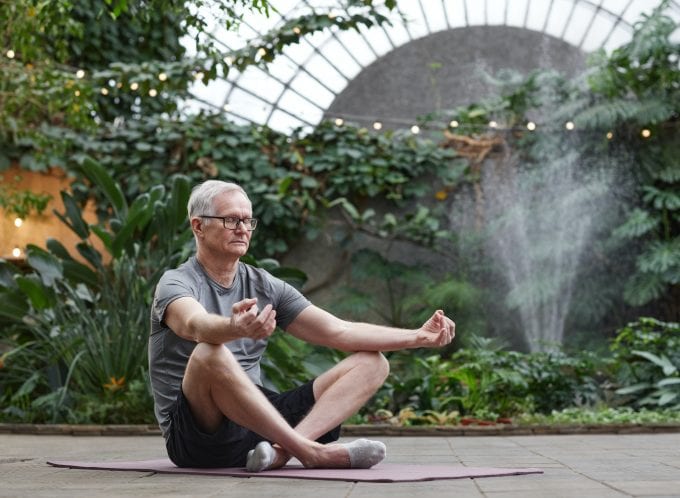Making a plan to manage your chronic pain

Chronic pain is pain that lasts more than three months, or longer than expected. It can happen for many reasons including post surgery, an injury or as a result of another condition.
In Australia opioids are commonly used in the treatment and management of pain. But the facts show they do very little to alleviate chronic non-cancer pain over the long term.
Many people don’t realise that there are also a number of risks and harms associated with the use of opioid medicines, especially when using them for an extended period of time. In fact, the longer someone takes opioids the more likely it is that they will experience side effects and need to increase their does to achieve the same pain relief.
It’s important to talk to your health professional before taking opioids for chronic non-cancer pain. You’ll need to weigh up the risks and harms of opioid medicines, as well as develop a health plan and discuss treatments that don’t involve medicines.
Medical experts often recommend starting with a combination of treatments when managing chronic pain. This may include a combination of pharmaceutical opioids for short term relief, with the introduction of alternative pain relief options as time goes on.
Research has shown that there are a number of ways to manage pain without using opioid or other medicines over a long period of time. These alternative pain management strategies can include learning about chronic pain, self management and physical activity.
Learning about chronic pain
Studies have shown that understanding the pain you are feeling can improve your symptoms. This approach involves learning that your experience of pain can be affected by different parts of your life including emotions, cultural and social expectations, and personal beliefs.
Self management
Self management involves developing skills to manage the pain more independently by taking an active role in your treaments, and making lifestyle changes with your health professional’s guidance. This relationship involves you in your care, rather than passively receiving or not having a say in your care.
Physical activity
Medical research has found that physical activity helps to reduce pain. This might include physical activity that gradually increases, different physical techniques or psychological treatements.
Visit www.nps.org.au for more information on chronic pain.
Interested in hearing more about the safe and effective use of prescription opioids in managing chronic pain? Tune in to The Shed Wireless podcast for a valuable Ask the Doc discussion on this topic. How do you listen? Just visit mensshed.org/theshedwireless.
Need more information, help or support?
If your use of opioids is affecting your health, family, relationships, financial or other life situations, you can find more information, help and support.
Alcohol & Drug Foundation
Information, help and support directory of services. Call 1300 858 584 (information line) or visit www.adf.org.au
Australian Pain Management Association (APMA)
General information, pain support groups and Pain Link Helpline. Call 1300 340 357 (Pain Link Helpline) or visit www.painmanagement.org.au
Healthdirect
A comprehesive government-funded resource providing information about medicies, health issues, support and resources for people taking opioids for chronic pain not cause by cancer. Visit www.healthdirect.gov.au.
Medicines Line (1300 MEDICINE)
Patients can get information over the phone (Mon – Fri between 9am-5pm AEST, excluding public holidays). Call 1300 633 424 or visit www.nps.org.au
This safe and effective use of prescription opioids initiative is delivered by the Australian Men’s Shed Association, supported by funding from the Australian Government Department of Health.